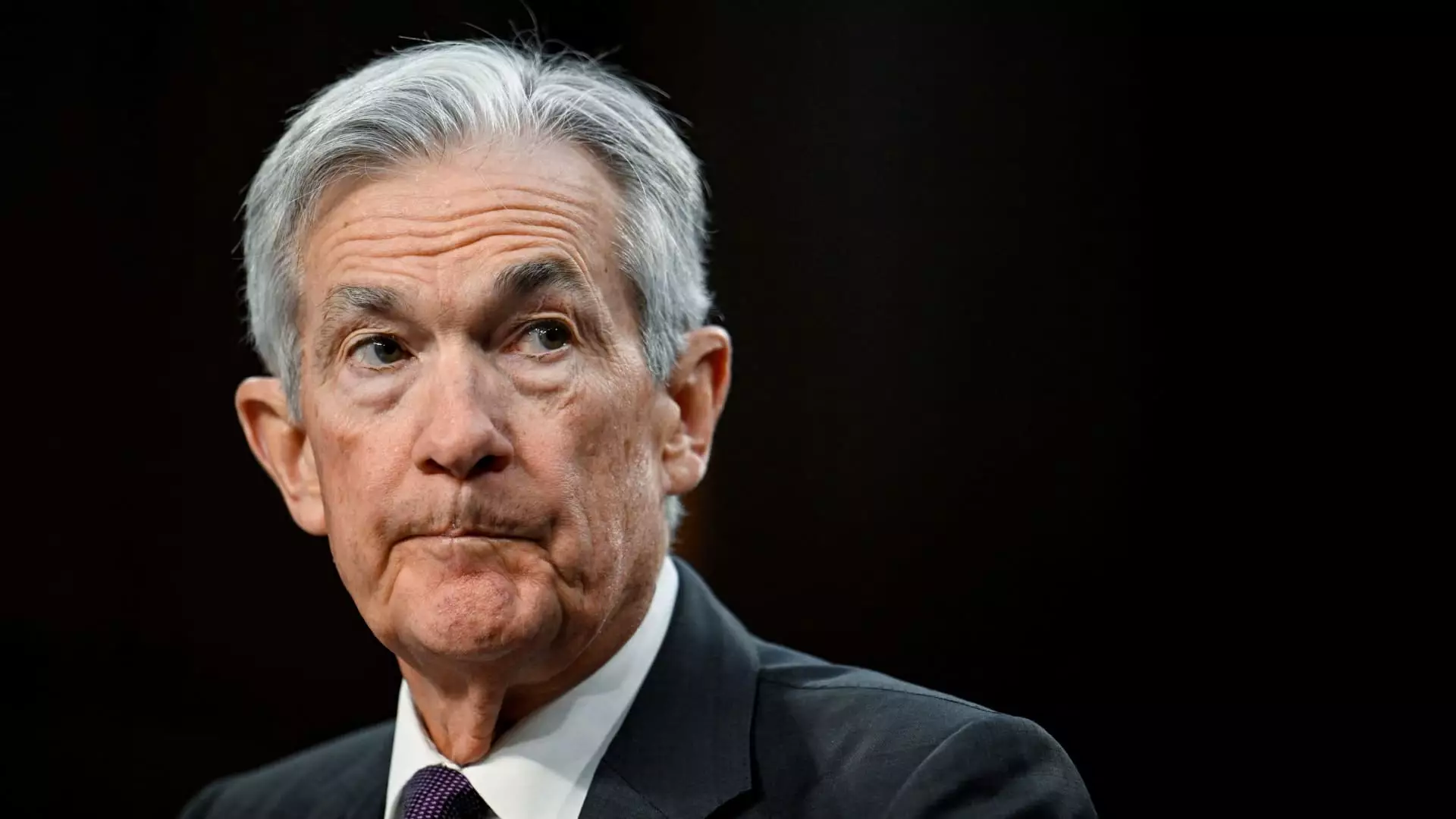As we navigate through an unpredictable economic terrain, the employees of the Federal Reserve have signaled that their policymaking strategy is “well-positioned” to respond to various potential shocks. However, upon closer examination, one might question whether this assertion merely masks a deeper quandary: that their policy is, in fact, caught in a state of inertia. With myriad unknowns influencing the financial landscape, including shifting trade dynamics and regulatory concerns, many analysts argue that the central bank finds itself in a neutral zone, facing the daunting task of awaiting clearer signals before committing to any action.
Recent discourse among Fed officials has revealed a mix of optimism—mainly stemming from the banking sector regarding anticipated regulatory shifts—and a disquieting apprehension regarding external factors such as trade and immigration policies. Atlanta Fed President Raphael Bostic recently highlighted these conflicting currents in his blog post, stating that such ambiguity complicates the decision-making process significantly. This increased focus on uncertainty has encapsulated the core theme of recent communications from the Federal Reserve, which are often referred to as “Fedspeak.” This term captures the dialogue that occurs between the central bank’s meetings, which is becoming increasingly crucial in shaping market perceptions.
A focal point in the Fed’s deliberations is the ongoing challenge of achieving the 2% inflation target, a benchmark that has proven remarkably elusive in recent years. The minutes from the Federal Open Market Committee’s recent meeting underscored the prevalence of uncertainty in various facets of the economy, particularly concerning trade policies and their eventual effects on inflation and employment levels. While inflation has shown signs of easing, the risks of a resurgence loom, driven by tariff implications and anxious consumer sentiment. St. Louis Fed President Alberto Musalem offered a nuanced view on this matter, suggesting that while his baseline scenario anticipates inflation gravitating toward the target, he also remains aware of the possibility that inflation rates could remain elevated amid a slowing economy.
Musalem’s assertion that the policy is now “modestly restrictive” underlines the delicate balance the Fed seeks to maintain. This term suggests a cautious approach but does not indicate an eagerness to initiate sweeping changes to the current interest rate—set between 4.25% and 4.5%. Simultaneously, his acknowledgment of potential threats to price stability signals a keen awareness of the dynamic and often volatile factors that could impede long-term economic health.
Beyond inflation and trade, the Fed is also grappling with notable financial stability risks. The recent minutes from the committee signal heightened concern regarding leverage and the burden of long-term debt within banking institutions. Economist Mark Zandi expressed particular alarm about the fragility of the $46.2 trillion U.S. bond market, suggesting it is vulnerable to a significant sell-off. Zandi’s assessment resonates with a broader sentiment among economists who worry that the interconnectedness of modern financial systems may exacerbate these risks.
The consensus among policymakers is that any potential for interest rate cuts will remain stifled until the Fed can gain confidence in the direction of inflation. Consequently, the prospect of rate reductions, as speculated by market analysts, may reflect more of an optimistic wish than a tangible reality. The current economic climate, described as “performing well” at the start of the new fiscal year, does not negate the multitude of external shocks that could derail this trajectory.
Amid these complexities, the Federal Reserve’s commitment to maintaining a steady course is increasingly evident. The preference for caution, humility, and rigorous analysis underscores the importance of being prepared for adverse scenarios, as articulated by Bostic and others. By adopting a careful approach to policymaking, the Fed aims to insulate the economy from unforeseen shocks while steering clear of actions that could disrupt the largely positive momentum it has built.
The Federal Reserve’s journey ahead is fraught with challenges and uncertainties. The delicate balancing act of stimulating the economy and maintaining financial stability will require vigilant observation and responsiveness to emerging trends. As we look to the future, the central bank’s commitment to cautious policymaking will be pivotal in navigating these turbulent times, ensuring that it remains equipped to adapt to changing circumstances while striving to fulfill its mandates of employment and price stability.

